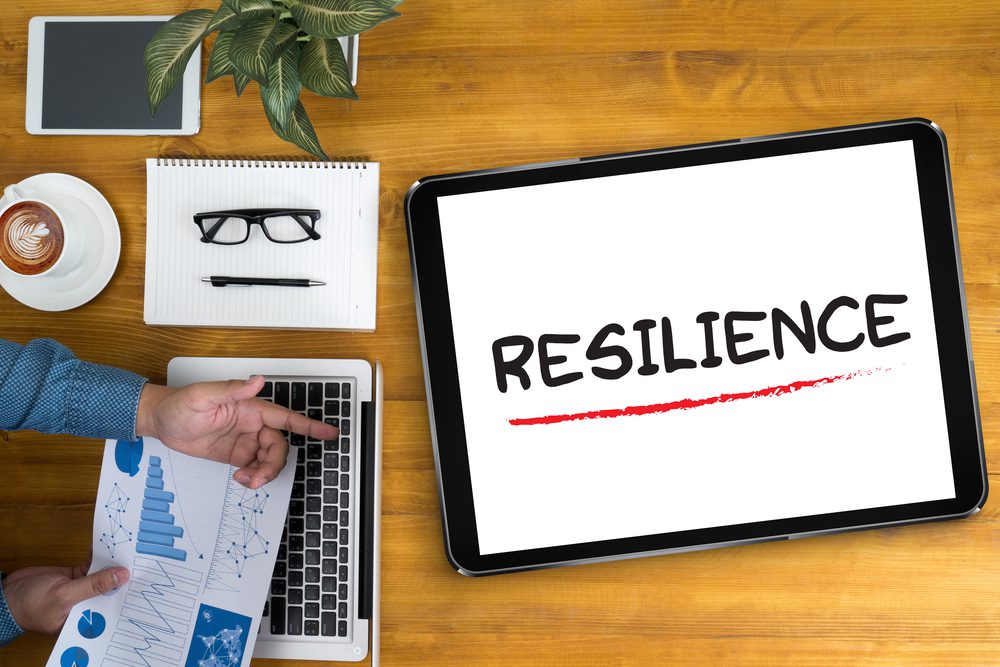Introduction
In a cityscape defined by innovation and an ever-evolving skyline, energy benchmarking has become an essential tool for businesses and property owners alike. This critical process entails the collection and analysis of data on a property’s energy use, setting a baseline against similar properties or benchmarks. In the context of Los Angeles – a metropolis at the forefront of environmental consciousness – understanding and leveraging this data is paramount. It serves as a compass pointing towards reduced energy consumption and costs, benefiting both the environment and the bottom line. In a market as competitive and dynamic as Los Angeles, engaging with energy benchmarking practices is not only a step towards sustainability but also a strategic maneuver for growth and profitability.
Understanding Energy Benchmarking Data

Energy benchmarking data encapsulates a variety of energy inputs and outputs, measuring a building’s performance against established standards or similar structures. This data, often portrayed through Energy Use Intensity (EUI) or other relevant metrics, allows for a detailed assessment of energy efficiency or inefficiency. In market expansion, this data is invaluable. It allows companies to identify inefficiencies that, when addressed, could offer a competitive edge and signal to potential customers a commitment to energy conservation and cost savings. Benchmarking also underlines the environmental impact of energy usage, elevating a company’s status as a community-conscious entity. Understanding these numbers is crucial in identifying structural or operational shifts that could lead to heightened efficiency, and tools like the ENERGY STAR Portfolio Manager are invaluable in this process.
The Current Energy Landscape in Los Angeles
Los Angeles stands as an example of a city deeply committed to sustainable energy solutions. While the energy needs of this sprawling city are immense, local government and private sectors have taken pronounced steps toward reducing energy consumption. LA’s energy initiatives, regulatory frameworks, and incentive programs illustrate a commitment to a green future, fostering an environment where businesses are encouraged to invest in energy conservation. Understanding and navigating these initiatives, such as the Los Angeles Green New Deal, are integral for businesses looking to expand within this environmentally forward-thinking market.
Using Energy Benchmarking Data for Market Analysis
Benchmarking data is not just a report card of past performance; it’s a forward-looking tool that informs strategic decisions. It uncovers potential areas within markets where improvements in energy efficiency can lead to new business opportunities. Through this lens, businesses can use energy benchmarking to identify properties or areas in LA that are underperforming in terms of energy use. This creates a unique selling point, positioning your business as a solution-provider in the quest for greater energy efficiency. The analytical insight offered by benchmarking data ensures that decisions aren’t just based on intuition but are backed by quantifiable metrics.
Identifying Opportunities in the Los Angeles Market
The expansive Los Angeles market, with its diverse sectors, offers a vast playing field for energy efficiency improvements. From aging infrastructure in older neighborhoods to state-of-the-art buildings seeking LEED certification, the opportunities for market expansion through energy efficiency are abundant. Companies can utilize energy benchmarking data to pinpoint sectors where energy usage is highest, such as manufacturing or hospitality, and tailor services or products to address these needs. By identifying these segments, businesses can target their efforts, align with local sustainability goals, and benefit from incentives offered by initiatives like LADWP’s energy efficiency programs.
Strategies for Market Expansion in Los Angeles
To truly capitalize on the insights provided by energy benchmarking, companies must develop comprehensive strategies that encompass market analysis, community engagement, and partnership development. By understanding the intricacies of energy data and regulatory landscapes, businesses can craft a compelling value proposition that emphasizes the importance of [energy efficiency](https://www.epa.gov/energy). Local partnerships are essential to gaining a foothold in new markets, and organizations like the Los Angeles Cleantech Incubator can be instrumental in fostering these relationships. Crafting a narrative that combines economic benefits with sustainable practices can resonate with consumers and stakeholders alike, driving expansion and solidifying a brand’s presence in the Los Angeles market.
Overcoming Challenges in Energy Benchmarking Data Utilization

Harnessing the full potential of energy benchmarking data is not without its challenges. Data collection can be cumbersome, and ensuring accuracy and privacy is paramount. Furthermore, interpreting complex datasets requires expertise that may not be readily available within all organizations. To overcome these hurdles, investing in advanced analytics and building a culture that prioritizes data-driven decisions is essential. Additionally, proactive communication and education about the advantages of energy efficiency can mitigate resistance from stakeholders. Fostering an organizational ethos that values energy conservation can turn potential setbacks into stepping stones for success.
In Conclusion
The integration of energy benchmarking data into business strategy is a testament to an organization’s commitment to growth, innovation, and sustainability. As Los Angeles continues its journey towards an environmentally responsible future, companies that align themselves with this vision will not only benefit from the inherent cost savings and operational efficiencies but will also position themselves as leaders in a cleaner, greener economy. The data-driven approach to market expansion is not merely a trend but a fundamental shift in how businesses operate in an increasingly eco-conscious world.
In the competitive landscape of Los Angeles, where businesses and buildings dot the horizon as far as the eye can see, leveraging energy benchmarking is a clarion call to those who aspire to excel and expand. It’s an invitation to chart a course toward a prosperous future that honors the delicate balance between progress and planet.
VertPro.com serves as a resourceful platform for property owners and managers seeking to enhance their buildings’ energy efficiency. The site offers a range of services, including Commercial Energy Audits, Benchmark Compliance consultancy, and a Construction Marketplace. At the heart of VertPro® is a suite of SaaS technology-based solutions designed to assist in navigating the complexities of Energy Benchmarking and Energy Audits/RCx Plus, while ensuring adherence to over 60 Energy Benchmarking and Energy Efficiency Laws across the country.
For those looking to improve their property’s energy usage and operational value, VertPro.com provides a diverse array of tools and information. The site aims to facilitate a better understanding of energy efficiency practices and legislation, helping building owners and property managers make informed decisions about their energy strategies while complying with all energy ordinances and laws.















